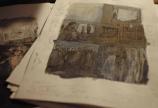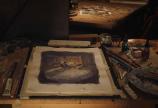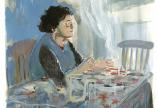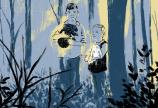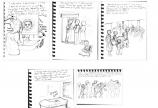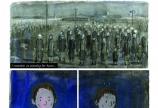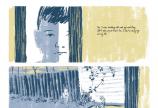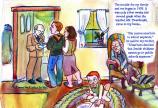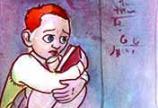Graphic novels illuminate vivid memories of the Holocaust
- Philip Cox
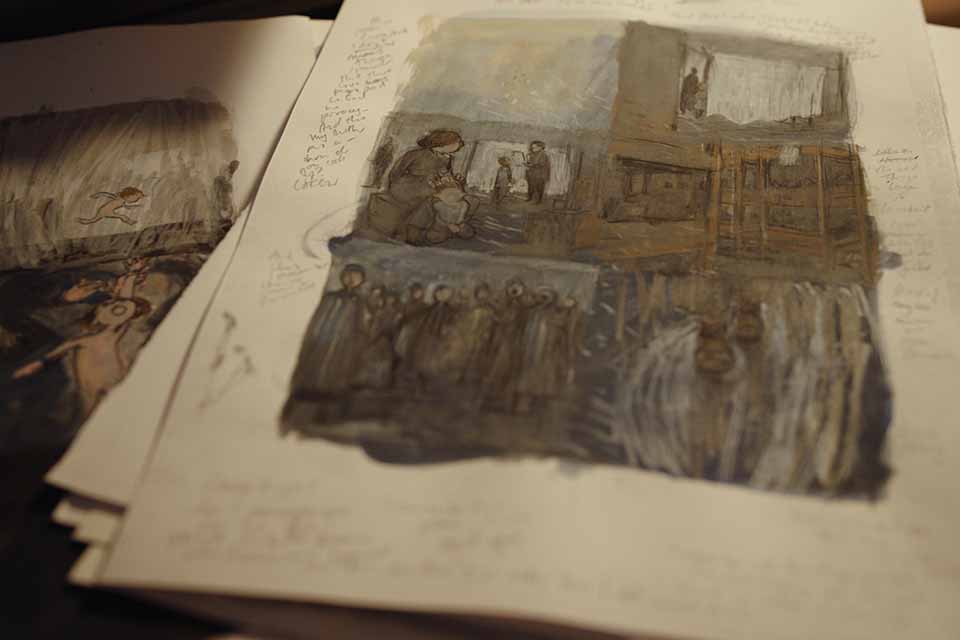
A UVic-based, international project that connects accomplished graphic artists with Holocaust survivors to transform their vivid stories into compelling visual narratives released excerpts last month from a forthcoming collection of graphic novels in time for International Holocaust Remembrance Day on Jan. 27, in honour of those whose stories have not or cannot be told.
With partners on three continents, the Narrative Art and Visual Storytelling in Holocaust and Human Rights Education project teaches a global audience about racism, antisemitism, human rights and social justice while illuminating one of the darkest times in human history.
Filling in the blanks
Since 2019, artists Gilad Seliktar (Jerusalem, Israel), Miriam Libicki (Vancouver, Canada) and Barbara Yelin (Munich, Germany) have worked closely with survivors Nico and Rolf Kamp (Amsterdam, Holland), David Schaffer (Vancouver, Canada) and Emmie Arbel (Kiryat Tiv’on, Israel) plus a team of researchers, students and community partners to co-create graphic narratives based on the personal experiences of each survivor before, during and after the Holocaust.
Sharing the stories of survivors is particularly important in these divided times. Again we are seeing a rise in antisemitism, ardent nationalism, and threats to democracy in Europe and North America. Understanding where this led us in the past is crucial to preventing history from repeating itself in the future.
—Charlotte Schallié, Holocaust historian and chair of UVic’s Department of Germanic and Slavic Studies, who leads the initiative
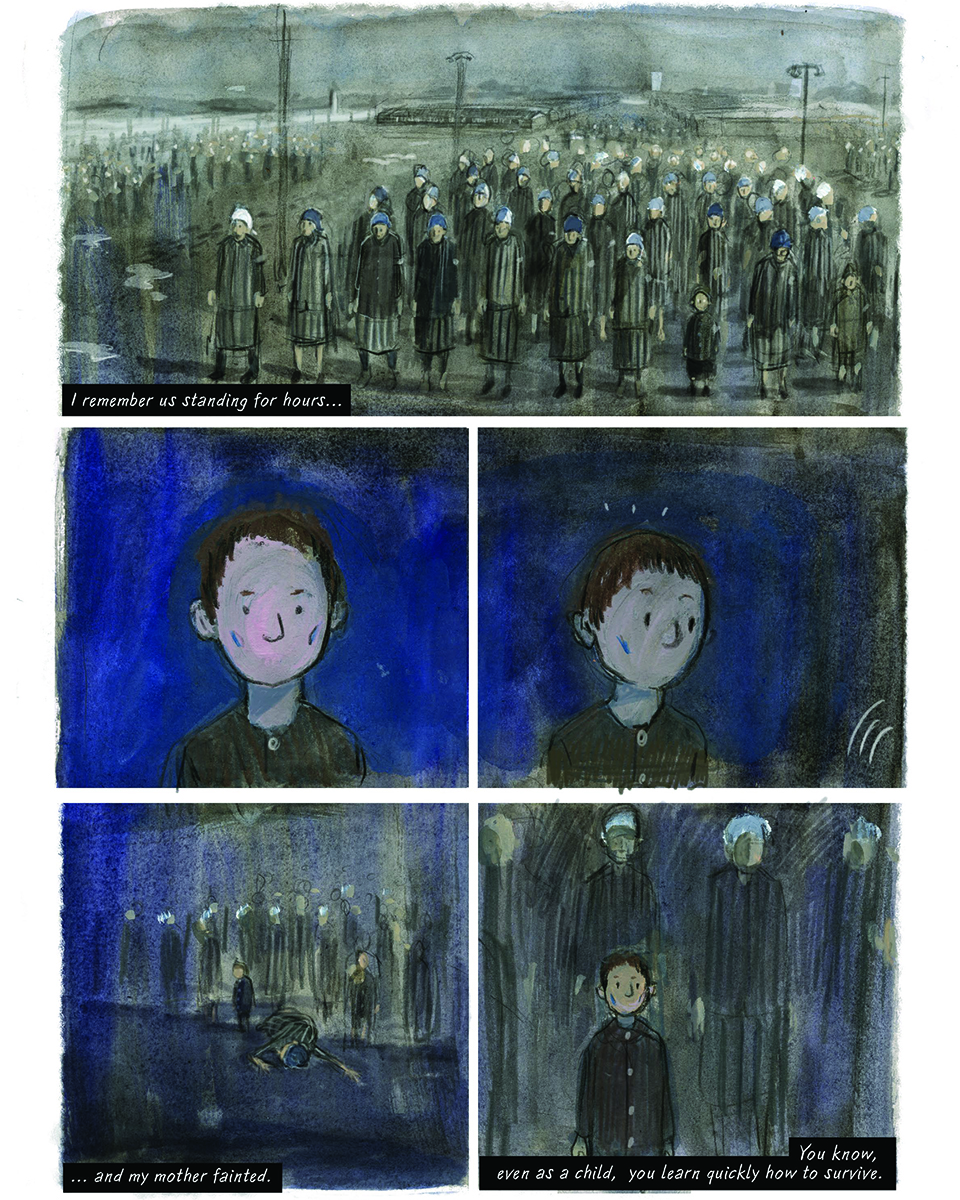
Through their illustrations, the artists are able to depict memories of situations for which there are few, if any, forms of visual record.
To fill in any blanks and ensure a high degree of accuracy, the artists collaborate with the project’s researchers and historians to compare the survivors’ recollections with the testimonies of other survivors and verify certain details through existing historical records. The artists then translate these memories into a narrative form, sketch out rough storyboards, and bring them back to the survivors for approval.
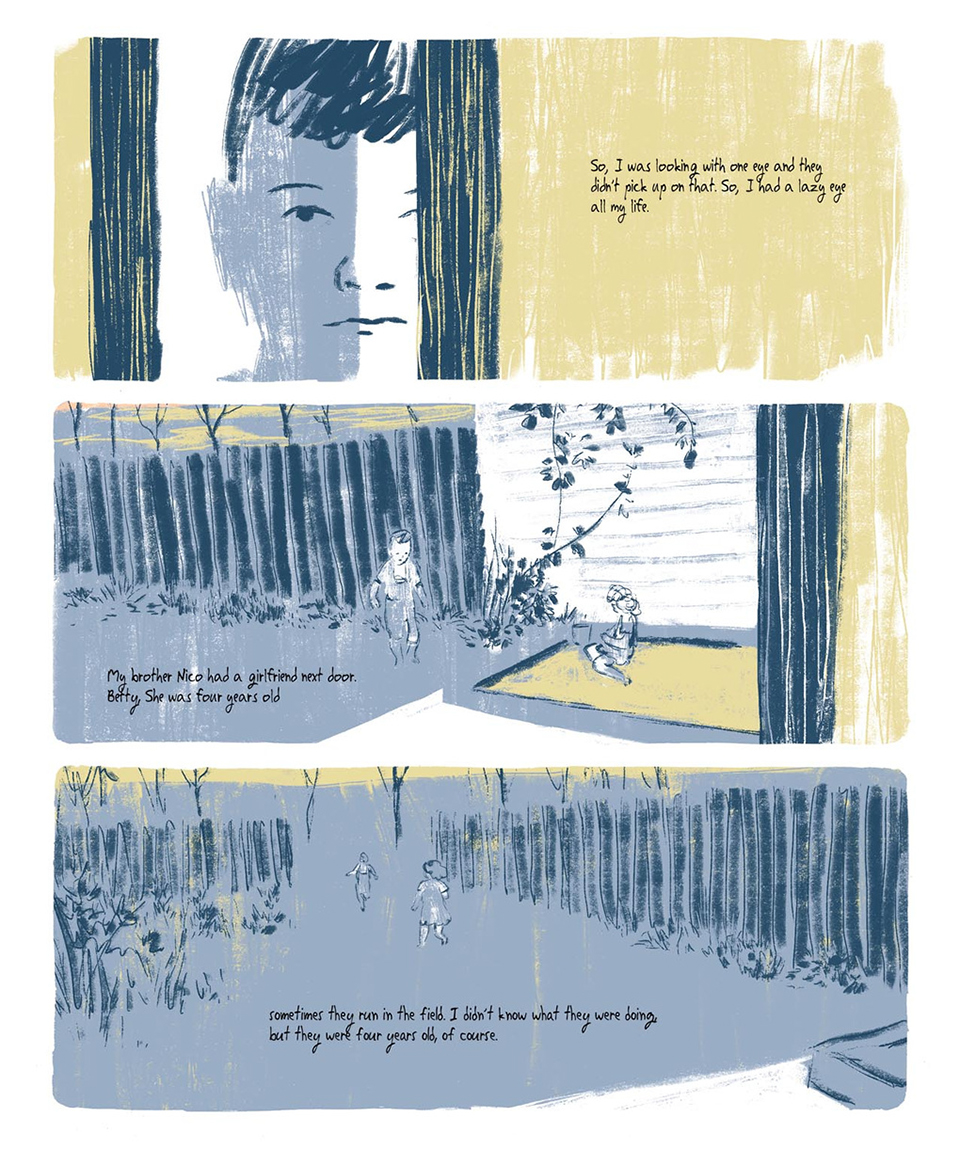
Preserving memories of the past
Next year, all three narratives will be published as a single collection by New Jewish Press, an imprint of University of Toronto Press, and the prestigious Munich-based publisher C.H. Beck. These collections will be accompanied by freely available education resources written in Arabic, Dutch, English, French, German and Hebrew for teachers around the world.
Archival material produced by the project will be housed at UVic Libraries for long-term preservation and access.
Being able to work with this community to preserve these stories is both an honour and a great responsibility. At its heart, the Narrative Art and Visual Storytelling in Holocaust and Human Rights Education initiative is about cultural memory and making sure that future generations will have access to accurate representations of the survivors’ experiences. UVic Libraries is proud to be able to provide physical and digital spaces for the global community to gather and reflect on the work produced by this project.
—Matthew Huculak, digital scholarship librarian and head of advanced research services at UVic Libraries, who has been involved with the project since its inception
Moving forward
The Narrative Art and Visual Storytelling in Holocaust and Human Rights Education initiative is supported by a partnership development grant from the Social Sciences and Humanities Research Council, with partners on three continents in Canada, Germany, Israel, the Netherlands, the UK and the US.
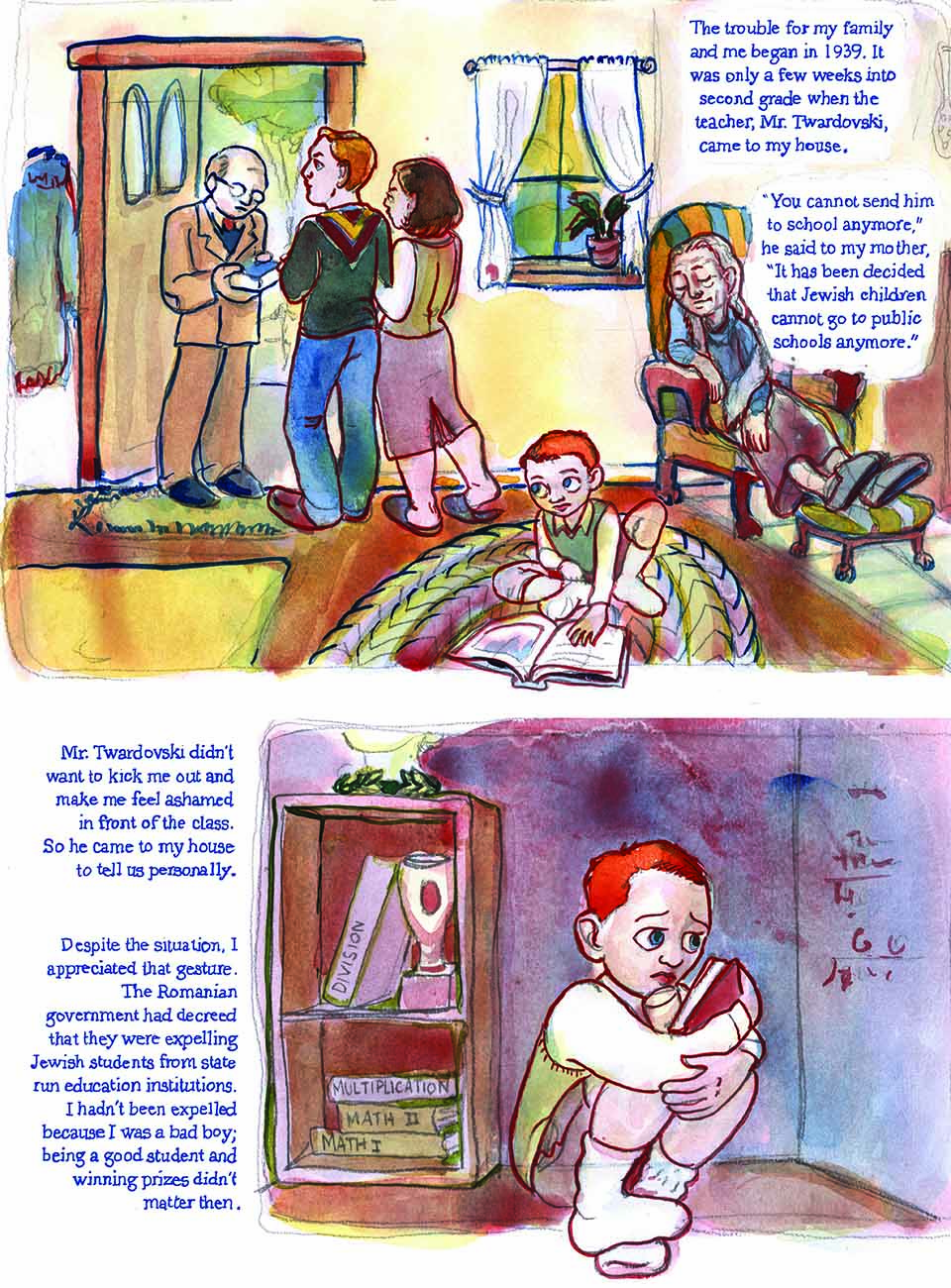
Project partners include the World Holocaust Remembrance Center, Yad Vashem in Israel, the Anne Frank House in Amsterdam, the Ravensbrück Memorial in Germany and the Canadian Museum for Human Rights in Winnipeg, among others.
Three short documentaries have been produced to capture a living memory of the first encounters of the artists and survivors.
Find out more
These videos and other details about the project can be viewed at holocaustgraphicnovels.org.
Read the official news release announcing the initiative and a related campus story in 2019.
Photos
